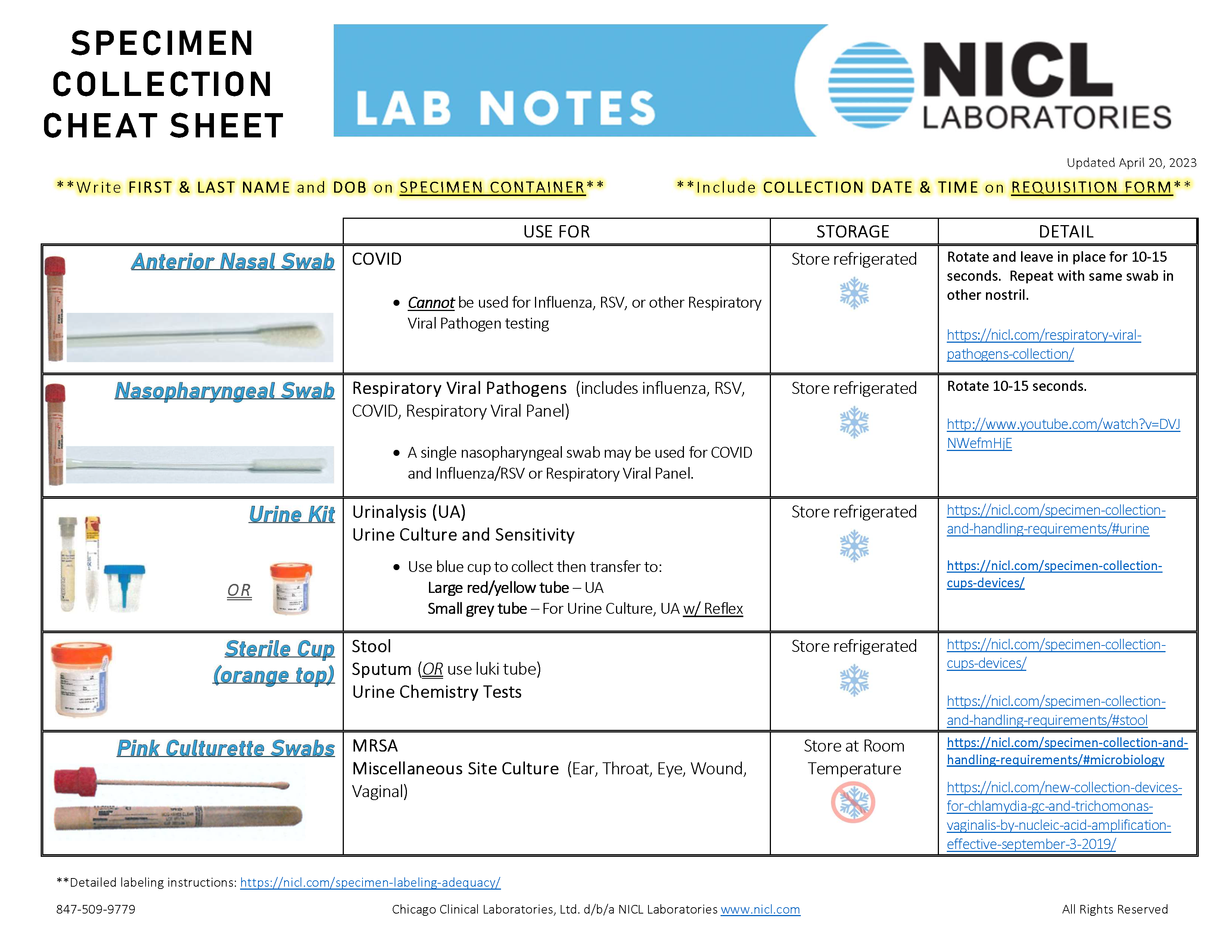Outbreaks can happen in any facility, at any time. We all know that, but when it’s your facility, it can be very stressful. These are guidelines to help you when you have been told that there is an outbreak in your facility.
(1) Don’t panic!
(2) Give NICL Laboratories a call at (847) 509-9779. Speak to the Microbiology Supervisor, the Laboratory Technical Operations Manager, or your Customer Service Representative, or send them an email. NICL Laboratories is experienced with handling outbreaks and can help you and the Public Health Departments to gather the required information.
(3) Have the following information ready:
- If IDPH (Illinois Department of Public Health) or your local health department has contacted the facility about an outbreak scenario, please provide the Contact Individual’s name to NICL so that we can secure the instructions for the particular outbreak.
- Patient names and dates of birth
- Case number assigned
(4) The Health Department may ask you to screen the other patients on the floor where there is an outbreak and/or to screen the employees that take care of the patients on that floor or unit.
(5) As soon as you let us know, we can create our Plan of Action, which may include:
- Delivering more collection kits
- Ordering more test kits/materials
- Change of testing frequency
- Add testing personnel
- Coordinate specimens that need to be sent to IDPH, CCPH (Cook County Public Health), other health departments, or even the CDC (Centers for Disease Control)







